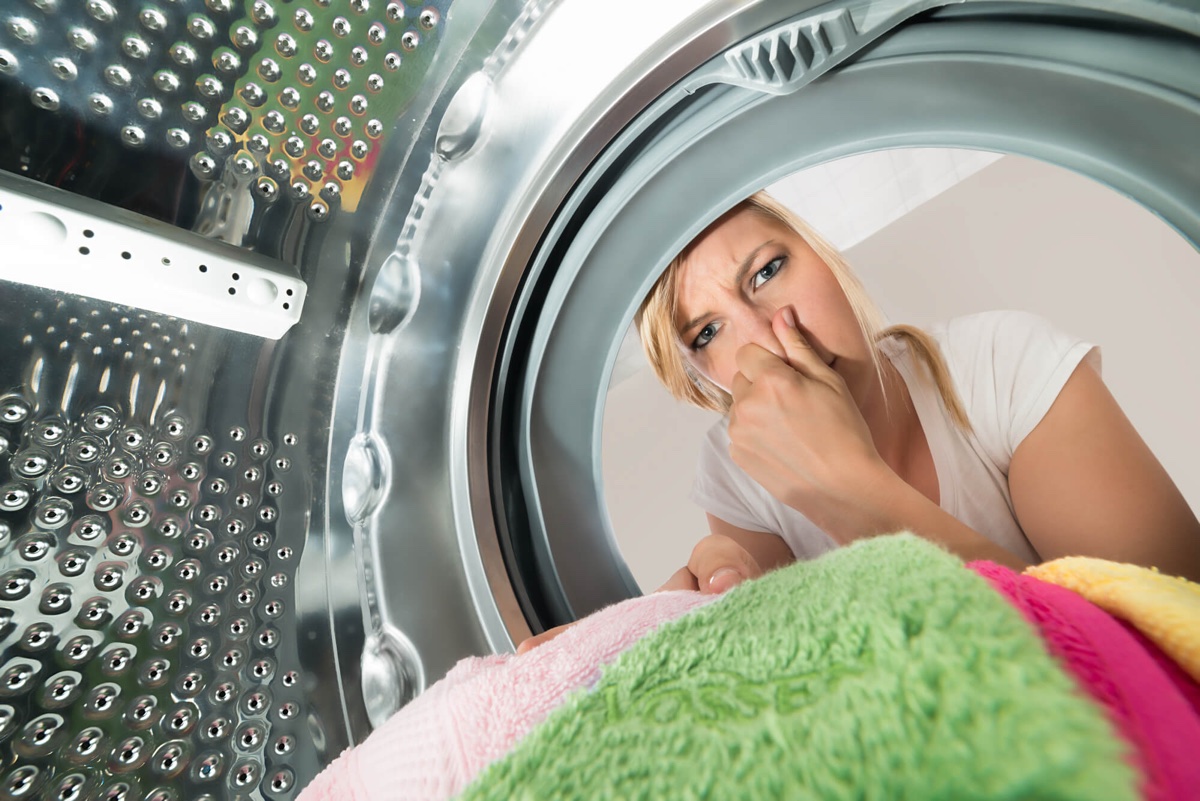

Articles
Why Does My Washer Smell Like Sewer
Modified: January 8, 2024
Discover articles on why your washer smells like sewer and how to fix the issue. Get expert advice and tips to eliminate unpleasant odors from your washing machine.
(Many of the links in this article redirect to a specific reviewed product. Your purchase of these products through affiliate links helps to generate commission for Storables.com, at no extra cost. Learn more)
Introduction
There’s nothing worse than opening up your washing machine and being greeted by a foul sewer smell. Not only is it an unpleasant experience, but it can also be a sign that there’s something wrong with your washer. In this article, we’ll explore the possible causes of why your washer smells like a sewer and provide you with solutions to get rid of that unpleasant odor.
A sewer smell in your washer can be caused by several factors. It’s important to identify the root cause in order to effectively address the issue. Some possible causes include a dry P-trap, a clogged drain, sewage backup, dirty clothes or detergent buildup, or malfunctioning vents.
By understanding why your washer smells like a sewer, you can take appropriate action to fix the problem and enjoy a fresh-smelling laundry room once again.
Key Takeaways:
- Addressing a sewer smell in your washer involves checking the P-trap, unclogging the drain, and addressing sewage backup. Regular maintenance and proper laundry practices can help prevent future issues.
- Inspecting and fixing ventilation problems, cleaning the washer, and removing built-up residue are essential steps to eliminate sewer odors. Seeking professional assistance for persistent smells is advisable.
Read more: Why Does My Basement Smell Like Sewer
Possible Causes of Sewer Smell in the Washer
If you’re experiencing a sewer smell coming from your washer, it’s essential to investigate the possible causes. Here are some common culprits that may be contributing to the unpleasant odor:
- Dry P-Trap: The P-trap is a U-shaped pipe located beneath your sink or washing machine. It’s designed to hold water, which acts as a barrier to prevent sewer gases from entering your home. If the P-trap is dry, it can allow the smell of sewage to permeate through your washer. This is often the result of infrequent use of the washer or a plumbing issue.
- Clogged Drain: A clogged drain can cause unpleasant odors to back up into your washer. When debris, hair, or other substances accumulate in the drain pipe, it can restrict the flow of water and lead to stagnant water and a foul smell.
- Sewage Backup: In some cases, a sewer smell may indicate a more serious problem, such as a sewer line backup. This can occur due to blockages, tree root intrusion, or other issues with the main sewer line. If you notice the smell of sewage consistently or the odor becomes stronger over time, it’s crucial to address this problem promptly.
- Dirty Clothes or Detergent Buildup: Sometimes, the source of the smell may not be related to the washer itself but rather the clothes or detergent residue. If you’re laundering heavily soiled items or using excessive detergent, it can lead to a buildup of bacteria and mildew, resulting in a sewer-like smell.
- Malfunctioning Vents: Proper ventilation is essential to prevent sewer gases from entering your washer and home. If the vents connected to your washer or plumbing system are blocked, damaged, or improperly installed, it can cause sewer odors to seep into the washing machine.
Identifying the underlying cause of the sewer smell in your washer is the first step towards finding a solution. In the next section, we’ll discuss how to fix the problem and eliminate the unpleasant odor.
Dry P-Trap
The P-trap is a crucial component of your plumbing system that prevents sewer gases from infiltrating your home. If the P-trap beneath your washer becomes dry, it can allow the smell of sewage to permeate through your laundry room. Here’s what you can do to address this issue:
- Run Water: Start by running water through the washer’s drain for a few minutes. This will help fill the P-trap with water and create the necessary barrier to block sewer odors.
- Use the Washer Regularly: If your washer is not used frequently, it’s essential to run a cycle with water at least once a month. This will prevent the P-trap from drying out and ensure that it remains functional in trapping sewer gases.
- Check for Plumbing Issues: If running water through the washer’s drain doesn’t resolve the problem, there may be an issue with the P-trap or the plumbing system. It’s advisable to consult a professional plumber to inspect and repair any plumbing problems.
Keeping the P-trap beneath your washer filled with water is an effective way to eliminate the sewer smell. However, if the issue persists, it’s important to explore other potential causes, which we’ll discuss in the following sections.
Clogged Drain
A clogged drain can be another common cause of sewer smell in your washer. When debris, hair, soap scum, or other substances accumulate in the drain pipe, it can create a blockage and lead to stagnant water and unpleasant odors. Here’s what you can do to address a clogged drain:
- Remove Visible Debris: Start by visually inspecting the drain and removing any visible debris or obstructions. Use gloves or a small brush to gently clean the drain opening and remove any hair or residue that may be causing the clog.
- Use a Plunger: If the clog is not too severe, you can try using a plunger to dislodge it. Fill the washer with a little bit of water and place the plunger over the drain opening. Create a tight seal and vigorously plunge up and down to create pressure that can dislodge the clog.
- Try a Drain Snake: If the clog persists, you can use a drain snake or auger to reach deeper into the drain pipe and break up the blockage. Insert the snake into the drain and rotate the handle clockwise as you push it further. Once you encounter resistance, twist and wiggle the snake to break up the clog, then slowly pull it back out.
- Use Drain Cleaning Products: There are various drain cleaning products available in the market that can help dissolve stubborn clogs. Follow the instructions on the product carefully and use it as directed to clear the drain. Remember to wear gloves and ensure proper ventilation when using these products.
- Call a Professional: If your attempts to clear the clogged drain are unsuccessful, it may be time to call a professional plumber. They have the tools and expertise to diagnose and resolve more complex drain clogs safely and effectively.
By addressing a clogged drain, you can eliminate one possible cause of the sewer smell in your washer. However, if the odor persists, it’s important to explore other potential causes, which we’ll discuss in the following sections.
Sewage Backup
If you’re experiencing a sewer smell in your washer that consistently persists or becomes stronger over time, it may indicate a sewage backup issue. This is a more serious problem that requires immediate attention to prevent further damage and health hazards. Here’s what you can do to address sewage backup:
- Contact a Professional: If you suspect a sewage backup, it’s crucial to call a professional plumber or a sewage cleanup company. They have the expertise and specialized equipment to assess the situation and determine the extent of the problem.
- Avoid Using the Washer: It’s important to refrain from using the washer until the sewage backup issue has been resolved. Continuing to use the washer can worsen the problem and potentially cause further damage to your plumbing system.
- Identify the Source of the Backup: The professional plumber will examine your plumbing system to identify the source and cause of the sewage backup. It could be a blockage in the main sewer line, tree root intrusion, or other issues that need to be addressed.
- Repair and Clean the Plumbing System: Once the source of the sewage backup is determined, the plumber will proceed with repairing the underlying issue. This may involve clearing the blockage, removing tree roots, or replacing damaged pipes. They will also thoroughly clean and disinfect the affected areas to eliminate any lingering odors and prevent contamination.
- Take Preventive Measures: To avoid future sewage backup issues, it’s advisable to take preventive measures such as regular maintenance of your plumbing system, avoiding flushing inappropriate items down the toilet, and installing a backflow prevention device.
Sewage backup requires immediate attention and professional assistance. It’s essential to address this problem promptly to ensure the safety and sanitation of your home. If the sewer smell in your washer persists even after addressing sewage backup, there may be other factors contributing to the odor, which we’ll explore in the following sections.
Read more: Why Does My Washing Machine Smell Like Sewer
Dirty Clothes or Detergent Buildup
Sometimes, the cause of the sewer smell in your washer may not be related to a plumbing issue, but rather to dirty clothes or detergent buildup. This can lead to the growth of bacteria and mildew, resulting in an unpleasant odor. Here’s what you can do to address this issue:
- Inspect and Pre-Treat Dirty Clothes: Before putting clothes in the washer, inspect them for any visible dirt, stains, or residue. Pre-treat any heavily soiled areas with an appropriate stain remover or spot treatment to ensure that the clothes are thoroughly cleaned. This can help prevent the growth of bacteria and eliminate potential sources of odor.
- Follow Proper Laundry Practices: Make sure you’re following proper laundry practices to prevent detergent buildup. Use the recommended amount of detergent for your load size and water hardness level. Avoid overloading the washer, as this can lead to inadequate rinsing and detergent residue buildup on the clothes.
- Use Vinegar or Baking Soda: Vinegar and baking soda are natural cleaning agents that can help eliminate odors from clothes and the washer. Add one cup of vinegar or baking soda to the washer drum and run a hot water cycle without any clothes. This will help remove any built-up odors and residue.
- Clean the Washer Regularly: To prevent detergent buildup and odors, it’s important to clean your washer regularly. Remove any lint or debris from the drum and clean the detergent dispenser and other removable parts. Run a hot water cycle with a washer cleaner or a mixture of vinegar and baking soda to remove any residues and odors.
- Properly Dry Clothes: Ensure that clothes are completely dry before storing them. Damp clothes can develop mildew, which can create a sewer-like smell. If necessary, run an extra spin cycle to remove excess moisture from the clothes.
By following these practices, you can avoid detergent buildup and ensure that your clothes come out fresh and odor-free from the washer. However, if the sewer smell persists despite these measures, there may be other factors contributing to the problem, which we’ll explore in the following section.
Malfunctioning Vents
Another possible cause of a sewer smell in your washer is malfunctioning vents. Proper ventilation is crucial in preventing sewer gases from entering your home and appliances. If the vents connected to your washer or plumbing system are blocked, damaged, or improperly installed, it can cause sewer odors to seep into the washing machine. Here’s what you can do to address this issue:
- Inspect the Ventilation System: Start by checking the ventilation system connected to your washer and plumbing. Look for any visible signs of damage, blockages, or improper installation. Ensure that the vent pipes are not clogged with debris or animal nests.
- Clear Blockages: If you notice any blockages in the vents, use a long plumbing snake or brush to gently remove the debris. Be cautious when working on the roof or in tight spaces, and consider hiring a professional if you’re not comfortable doing it yourself.
- Repair or Replace Damaged Vents: If you find any damaged or improperly installed vents, it’s important to repair or replace them. This may involve replacing cracked pipes, sealing gaps or leaks, or adjusting the vent system to ensure proper air flow.
- Check for Ventilation Regulations: Certain building codes and regulations dictate the proper installation and placement of ventilation systems. Ensure that your vents comply with these regulations to effectively prevent sewer odors from entering your washer and home.
- Consult a Professional: If you’re unsure about the condition of your vents or need assistance with repairs, it’s recommended to consult a professional plumber or HVAC technician. They can assess the ventilation system, identify any issues, and provide the necessary repairs or modifications to restore proper airflow.
By ensuring that the vents connected to your washer and plumbing system are functioning correctly, you can effectively eliminate sewer odors and maintain a fresh-smelling laundry room. However, if the sewer smell persists, it’s advisable to seek professional help to further diagnose and resolve the issue.
To prevent your washer from smelling like sewer, regularly clean the machine and use a washing machine cleaner to remove any built-up residue and bacteria. Also, leave the door open after each use to allow the interior to dry out.
How to Fix the Sewer Smell in Your Washer
Dealing with a sewer smell in your washer can be quite unpleasant, but fortunately, there are several steps you can take to resolve the issue. Here’s a guide on how to fix the sewer smell in your washer:
- Check and Clean the P-Trap: Ensure that the P-trap beneath your washer is filled with water. If it’s dry, run water through the washer’s drain to fill the P-trap and create a barrier against sewer odors.
- Unclog the Drain: If you suspect a clogged drain, remove any visible debris or obstructions and try using a plunger or a drain snake to clear the blockage. If needed, use drain cleaning products to dissolve stubborn clogs.
- Address Sewage Backup Issues: If the sewer smell persists and becomes stronger over time, it may indicate a sewage backup problem. Contact a professional plumber to assess and repair the issue promptly.
- Clean the Washer and Remove Built-Up Residue: Regularly clean the washer drum, detergent dispenser, and other removable parts to prevent detergent buildup and eliminate odors. Use vinegar or baking soda to remove any residue and run a hot water cycle without clothes.
- Inspect and Fix Ventilation Problems: Check the ventilation system connected to your washer and plumbing. Clear any blockages, repair or replace damaged vents, and ensure proper airflow to prevent sewer odors from entering your washer.
Remember, each step should be tailored to address the specific issue causing the sewer smell in your washer. If you’re unsure or unable to resolve the problem on your own, it’s advised to seek professional assistance. They have the expertise and tools to diagnose and fix more complex plumbing issues.
By following these steps and addressing the root cause of the sewer smell, you can enjoy a fresh and odor-free laundry experience. Regular maintenance and proper laundry practices will also help prevent future sewer smells from occurring in your washer.
Check and Clean the P-Trap
One of the possible causes of a sewer smell in your washer is a dry P-trap. The P-trap is a U-shaped pipe located beneath your sink or washing machine that holds water, creating a barrier against sewer gases. If the P-trap becomes dry, it can allow the smell of sewage to permeate through your washer. Here’s how you can check and clean the P-trap:
- Turn off the Washer: Before inspecting the P-trap, make sure to turn off and unplug the washer for safety reasons.
- Locate the P-Trap: The P-trap is usually located beneath the washer, where the drain pipe connects to the wall or floor. It is a curved pipe that forms a U-shape, capturing a small amount of water to create a seal against sewer gases.
- Inspect the P-Trap: Examine the P-trap visually to see if it is dry or has any signs of leakage or damage. A dry P-trap may indicate infrequent use of the washer or a plumbing issue.
- Run Water: The first step to fix a dry P-trap is to run water through the washer’s drain pipe. You can pour a generous amount of water down the drain or even run a cycle with hot water. This will help fill the P-trap with water, re-establishing the barrier against sewer odors.
- Check for Leaks: While running water, carefully inspect the P-trap for any leaks. If you notice any cracks or water leaks, it may be necessary to replace the P-trap or seek professional plumbing assistance.
- Clean the P-Trap: If the P-trap appears to be in good condition but still emits a sewer smell, it might be necessary to clean it. You can use a mixture of warm water and mild detergent to clean the P-trap. Scrub the interior of the trap to remove any residue or buildup that may be causing the odor. Rinse thoroughly with clean water.
Checking and cleaning the P-trap is a simple yet effective solution to address a dry P-trap and eliminate the sewer smell in your washer. If the problem persists or you encounter any complications, it’s best to consult a professional plumber for further assistance.
Read more: Why Does Toilet Smell Like Sewer
Unclog the Drain
If you’re experiencing a sewer smell in your washer, a clogged drain may be the culprit. When debris, hair, soap scum, or other substances accumulate in the drain pipe, it can cause stagnant water and unpleasant odors. Here’s how you can unclog the drain to eliminate the sewer smell:
- Protect Yourself: Before attempting to unclog the drain, make sure to put on a pair of rubber gloves to protect your hands from any potentially dirty or harmful substances.
- Inspect the Drain: Begin by visually inspecting the drain for any visible debris or obstructions. Remove any hair, lint, or other visible objects that may be causing the clog.
- Use a Plunger: If the clog is not severe, you can try using a plunger to dislodge it. Fill the washer with a little bit of water, enough to cover the plunger, and place the plunger over the drain opening. Create a tight seal, and then vigorously plunge up and down to create pressure that can dislodge the clog. Repeat this process several times if needed.
- Try a Drain Snake: If plunging doesn’t work, you can try using a drain snake, also known as a plumber’s auger, to reach deeper into the drain and break up the clog. Insert the snake into the drain and rotate the handle clockwise as you push it further. Once you encounter resistance, twist and wiggle the snake to break up the clog, then slowly pull it back out.
- Use Drain Cleaning Products: If the clog is still persistent, you can try using drain cleaning products. There are various chemical drain cleaners available in the market that can help dissolve stubborn clogs. Follow the instructions on the product carefully and use it as directed to clear the drain. However, be cautious as these products can be caustic and may require proper ventilation and safety measures.
- Call a Professional: If your attempts to unclog the drain are unsuccessful, it may be time to call a professional plumber. They have the tools and expertise to diagnose and resolve more complex drain clogs safely and effectively.
By unclogging the drain, you can eliminate one possible cause of the sewer smell in your washer. However, if the odor persists, it’s important to explore other potential causes, which we’ll cover in the following sections.
Address Sewage Backup Issues
If you’ve tried checking and cleaning the P-trap and unclogging the drain but still experience a sewer smell in your washer, it could be a sign of sewage backup. This is a more serious problem that requires immediate attention to prevent further damage and potential health hazards. Here’s what you can do to address sewage backup issues:
- Contact a Professional: If you suspect a sewage backup, it’s crucial to call a professional plumber or a sewage cleanup company. They have the expertise and specialized equipment to assess the situation and determine the extent of the problem.
- Avoid Using the Washer: It’s important to refrain from using the washer until the sewage backup issue has been resolved. Continuing to use the washer can exacerbate the problem and potentially cause further damage to your plumbing system.
- Identify the Source of the Backup: The professional plumber will examine your plumbing system to identify the source and cause of the sewage backup. It could be a blockage in the main sewer line, tree root intrusion, or other issues that need to be addressed.
- Repair and Clean the Plumbing System: Once the source of the sewage backup is determined, the plumber will proceed with repairing the underlying issue. This may involve clearing the blockage, removing tree roots, or replacing damaged pipes. They will also thoroughly clean and disinfect the affected areas to eliminate any lingering odors and prevent contamination.
- Take Preventive Measures: To avoid future sewage backup issues, it’s advisable to take preventive measures such as regular maintenance of your plumbing system, avoiding flushing inappropriate items down the toilet, and installing a backflow prevention device.
Sewage backup requires immediate attention and professional assistance. It’s essential to address this problem promptly to ensure the safety and sanitation of your home. If the sewer smell in your washer persists even after addressing sewage backup, there may be other factors contributing to the odor, which we’ll explore in the following sections.
Clean the Washer and Remove Built-Up Residue
If you’re dealing with a sewer smell in your washer, it’s possible that there is a buildup of residue inside the machine. Over time, detergent, fabric softener, and dirt can accumulate, creating a breeding ground for bacteria and causing unpleasant odors. Here’s how you can clean the washer and remove built-up residue:
- Empty the Washer: Start by removing any clothes from the washer and ensuring that it is completely empty.
- Inspect the Drum: Take a look inside the drum for any visible residue, lint, or debris. Use a cloth or sponge to wipe away any dirt or grime that you can access easily.
- Clean the Detergent Dispenser: Most washers have a detergent dispenser where residue can build up. Remove the dispenser and rinse it with warm water to remove any trapped detergent or fabric softener. Use a small brush or old toothbrush to scrub away any stubborn residue.
- Run a Hot Water Cycle: Fill the washer with the hottest water possible and add two cups of white vinegar to the detergent dispenser. Vinegar is a natural cleanser that can help break down residue and eliminate odors. Run the washer through a complete cycle without any laundry.
- Wipe Down the Drum: After the vinegar cycle is complete, use a cloth or sponge to wipe down the inside of the drum. Pay close attention to any crevices or hard-to-reach areas where residue may be lurking.
- Optional: Use Baking Soda: For stubborn residue or odors, you can also use baking soda. Sprinkle a cup of baking soda into the drum and run another hot water cycle. Baking soda helps neutralize odors and can further break down built-up residue.
- Leave the Door Open: After completing a cleaning cycle, it’s essential to leave the washer door open to allow proper airflow and prevent moisture buildup. This can help prevent the growth of mold and mildew.
Regularly cleaning your washer and removing built-up residue can help prevent sewer smells and keep your machine running efficiently. Implementing a monthly cleaning routine can help maintain a fresh and odor-free washer. However, if the sewer smell continues, there may be other factors contributing to the issue, which we’ll explore in the following section.
Inspect and Fix Ventilation Problems
Proper ventilation is essential in preventing sewer odors from entering your washer and home. If there are issues with the ventilation system connected to your washer or plumbing, it can lead to the unpleasant sewer smell. Here’s how you can inspect and fix ventilation problems:
- Locate the Vents: Begin by locating the ventilation system connected to your washer and plumbing. Vent pipes are typically located on the roof or the exterior of your home.
- Visually Inspect the Vents: Carefully examine the vent pipes for any visible signs of damage, blockages, or improper installation. Look for cracks, holes, debris, or animal nests that may be obstructing the airflow.
- Clear Blockages: If you notice any blockages in the vent pipes, it’s important to clear them. Use a long plumbing snake or brush to gently remove the debris. Be cautious when working on the roof or in tight spaces, and consider hiring a professional if you’re not comfortable doing it yourself.
- Repair or Replace Damaged Vents: If you find any damaged or improperly installed vent pipes, it’s essential to repair or replace them. This may involve replacing cracked pipes, sealing gaps or leaks, or adjusting the vent system to ensure proper air flow.
- Check for Ventilation Regulations: Ensure that your vent pipes comply with local building codes and regulations. Certain regulations dictate the proper installation and placement of ventilation systems. Ensuring compliance will help prevent sewer odors from entering your washer and home.
- Consult a Professional: If you’re unsure about the condition of your vents or need assistance with repairs, it’s recommended to consult a professional plumber or HVAC technician. They can assess the ventilation system, identify any issues, and provide the necessary repairs or modifications to restore proper airflow.
By inspecting and fixing ventilation problems, you can effectively prevent sewer odors from entering your washer. Proper airflow will help maintain a fresh-smelling laundry room and ensure the efficient operation of your plumbing system. However, if the sewer smell persists, there may be other factors contributing to the issue, which it’s important to address and investigate further.
Read more: Why Does My Kitchen Sink Smell Like Sewer
Conclusion
Experiencing a sewer smell in your washer can be both unpleasant and concerning. However, by identifying and addressing the underlying causes, you can eliminate the odor and enjoy a fresh-smelling laundry room once again.
In this article, we explored several possible causes of sewer smell in the washer, including a dry P-trap, clogged drain, sewage backup, dirty clothes or detergent buildup, and malfunctioning vents. We discussed steps to fix each of these issues, such as checking and cleaning the P-trap, unclogging the drain, addressing sewage backup problems, cleaning the washer and removing built-up residue, and inspecting and fixing ventilation problems. By following these steps and taking appropriate action, you can effectively eliminate the sewer smell and prevent it from recurring.
It’s important to remember that if you encounter persistent sewer smells despite your best efforts, it’s advisable to seek professional assistance. A professional plumber will have the expertise and tools to diagnose and resolve more complex plumbing issues that may be contributing to the odor.
In addition to addressing the specific causes of the sewer smell, implementing regular maintenance practices for your washer and plumbing system can help prevent future issues. This includes cleaning the washer regularly, checking for clogs, using the appropriate amount of detergent, and practicing proper laundry habits.
By maintaining a clean and properly functioning washer, and addressing any sewer smell issues promptly, you can ensure a pleasant and odor-free laundry experience. Don’t let the smell of sewer infiltrate your home – take action today to resolve the issue and enjoy fresh-smelling, clean clothes once again!
Frequently Asked Questions about Why Does My Washer Smell Like Sewer
Was this page helpful?
At Storables.com, we guarantee accurate and reliable information. Our content, validated by Expert Board Contributors, is crafted following stringent Editorial Policies. We're committed to providing you with well-researched, expert-backed insights for all your informational needs.

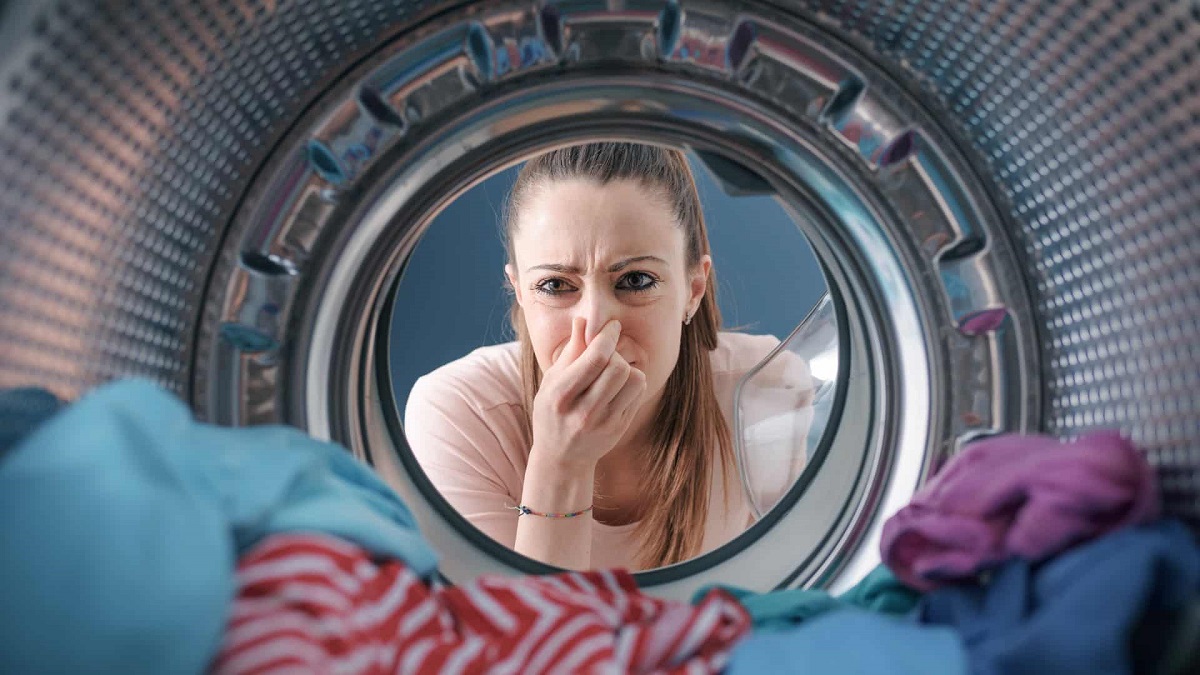
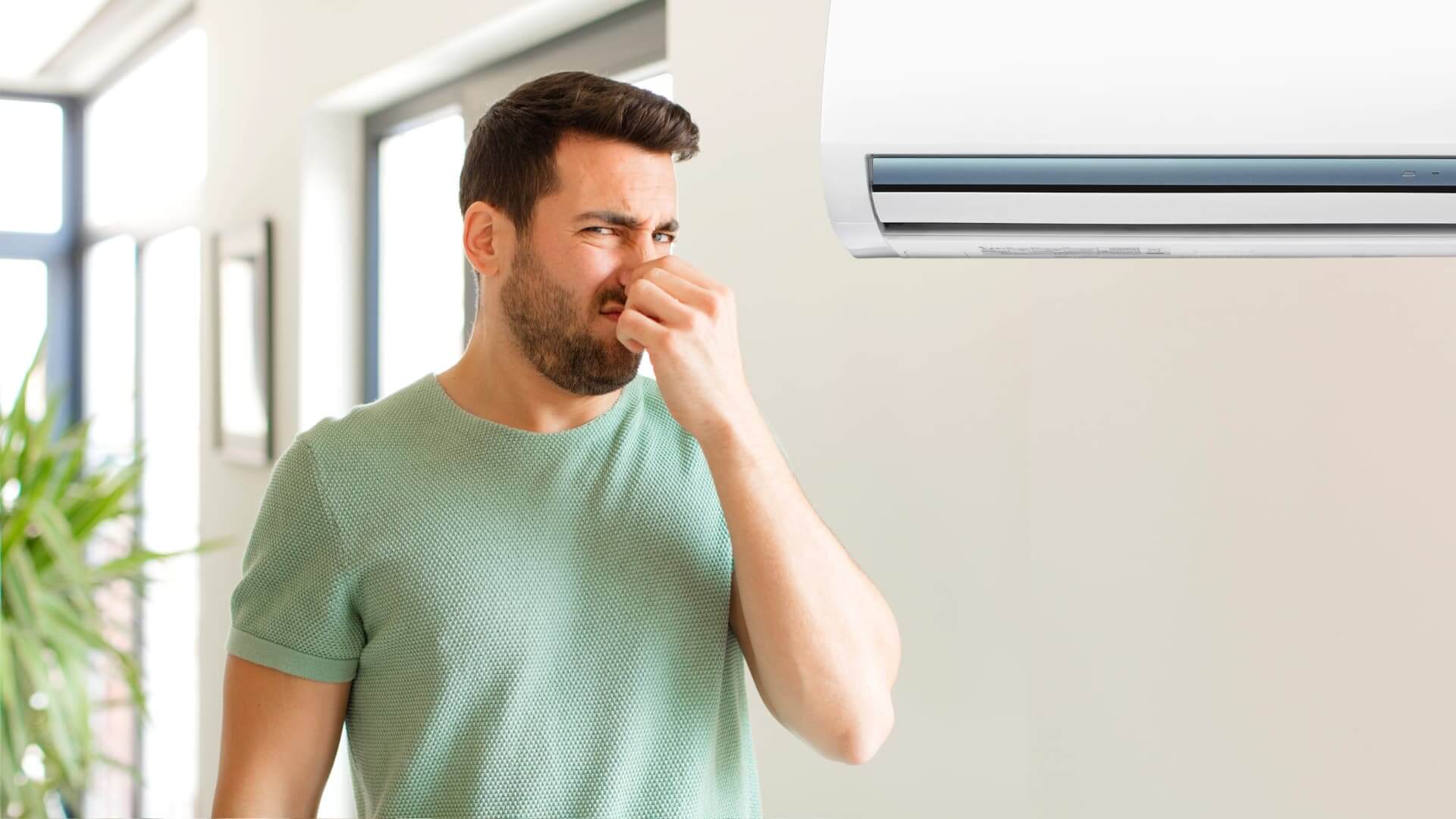
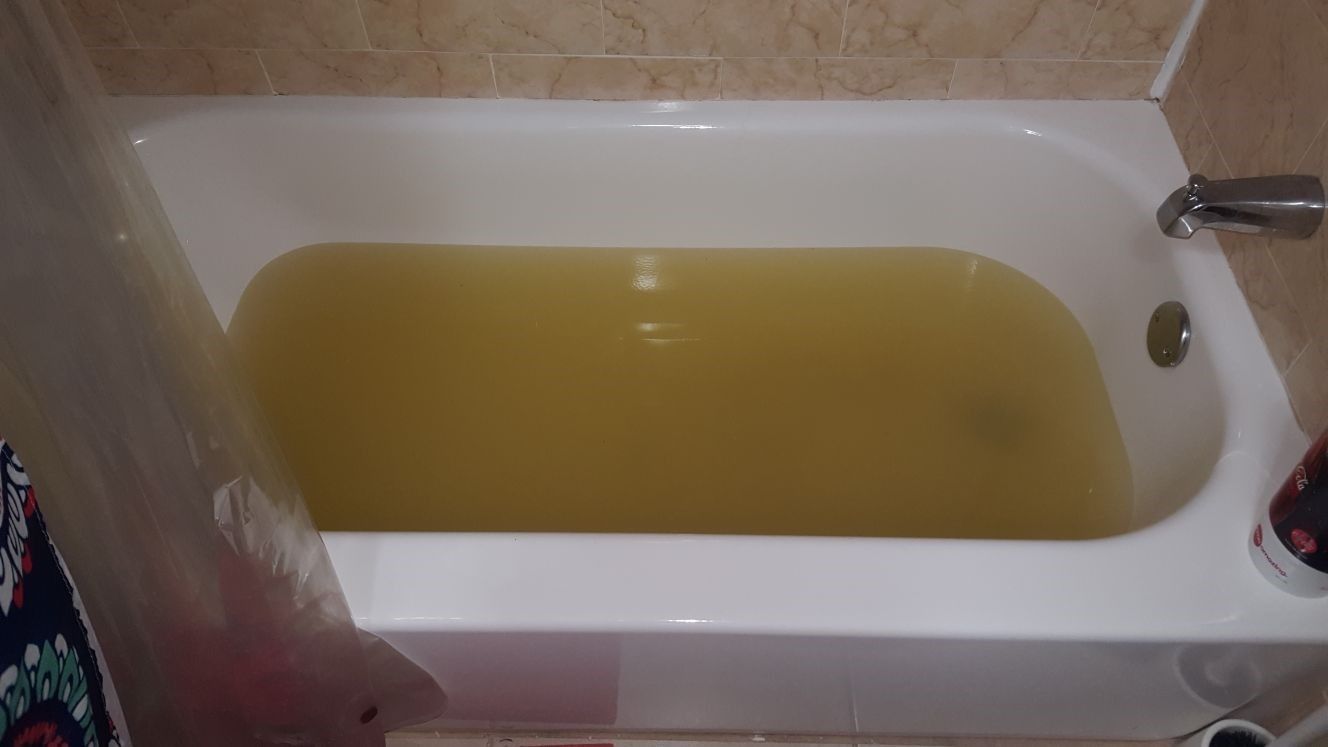
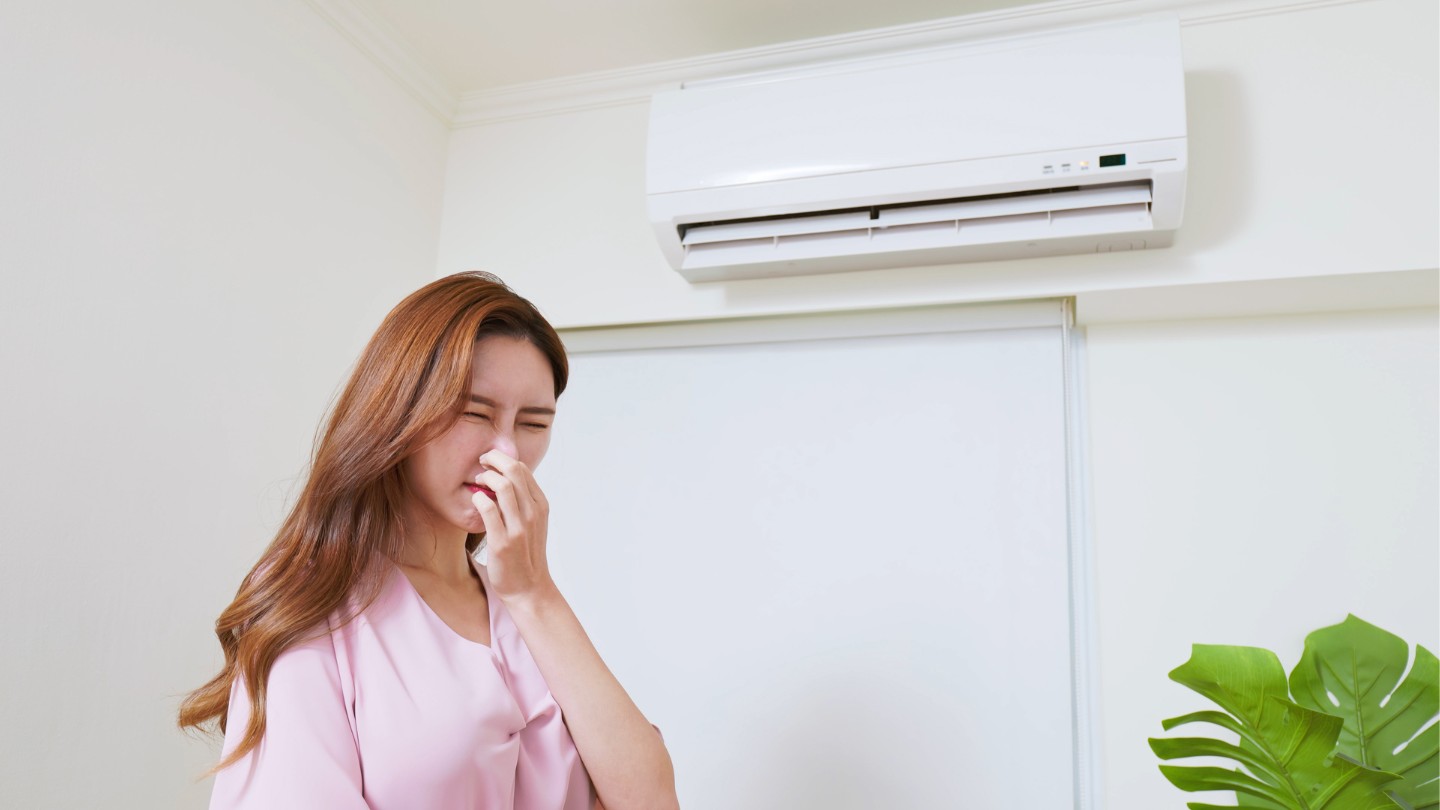
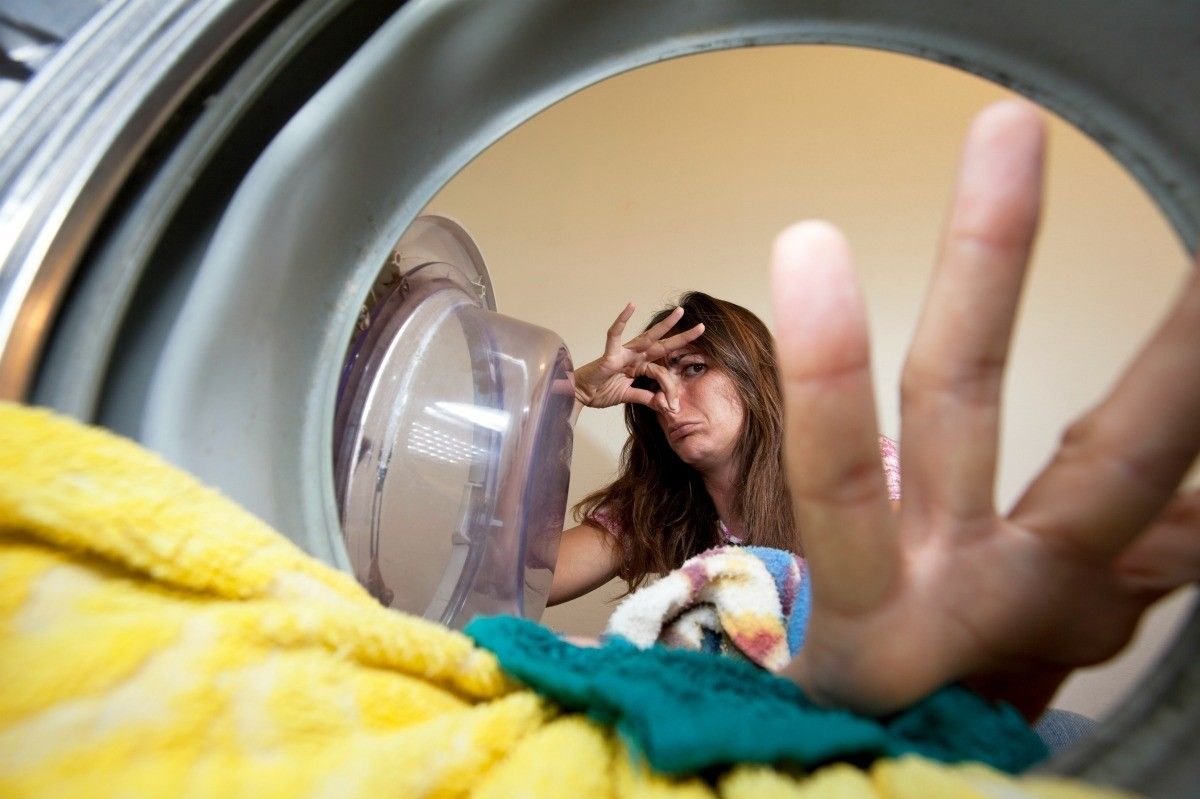
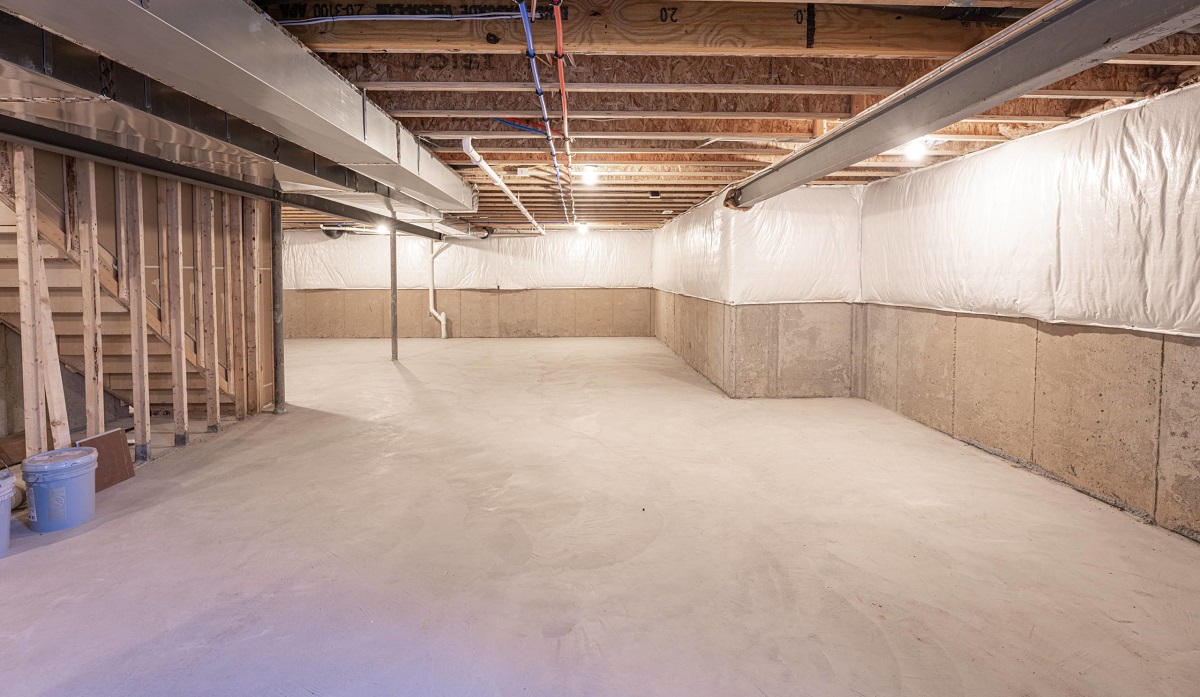


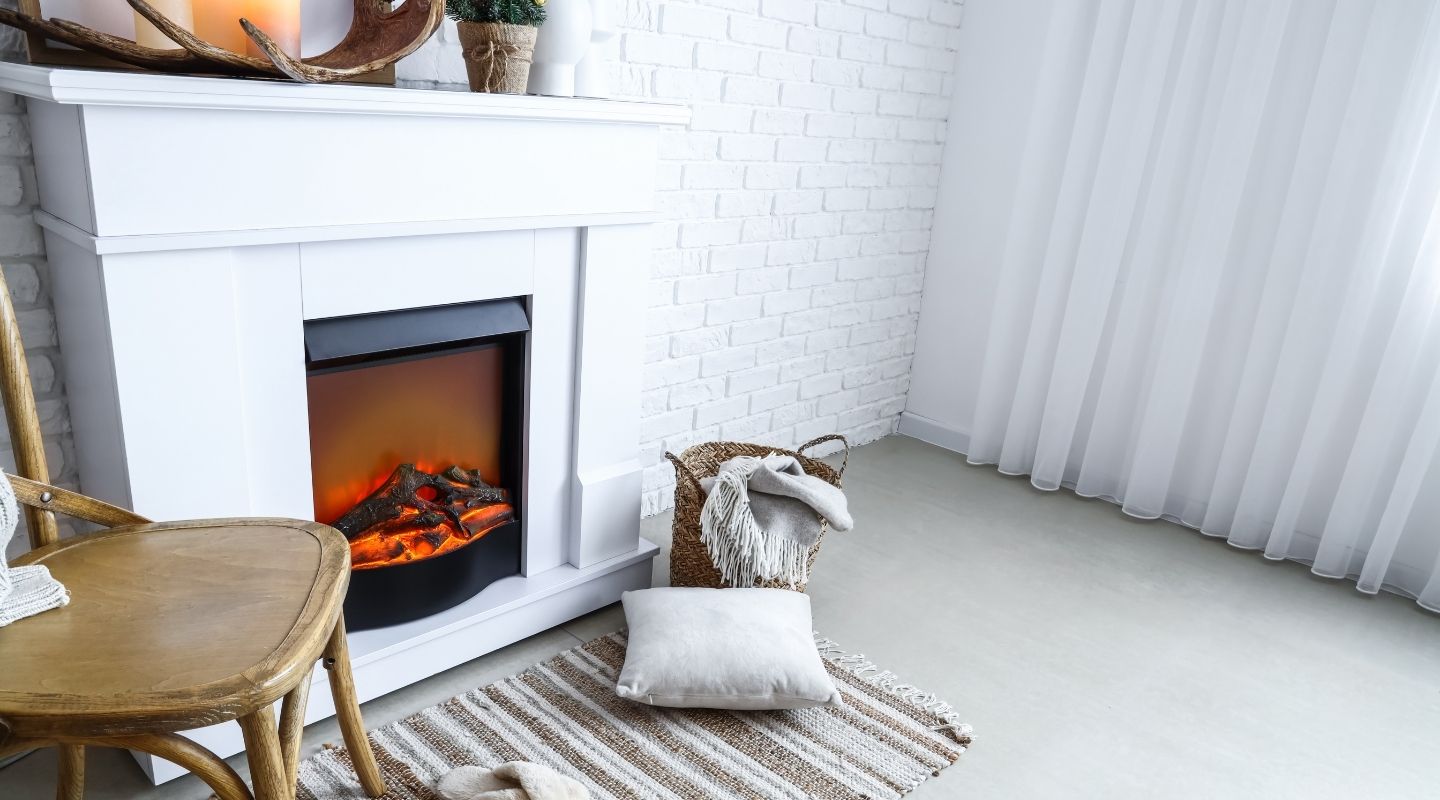
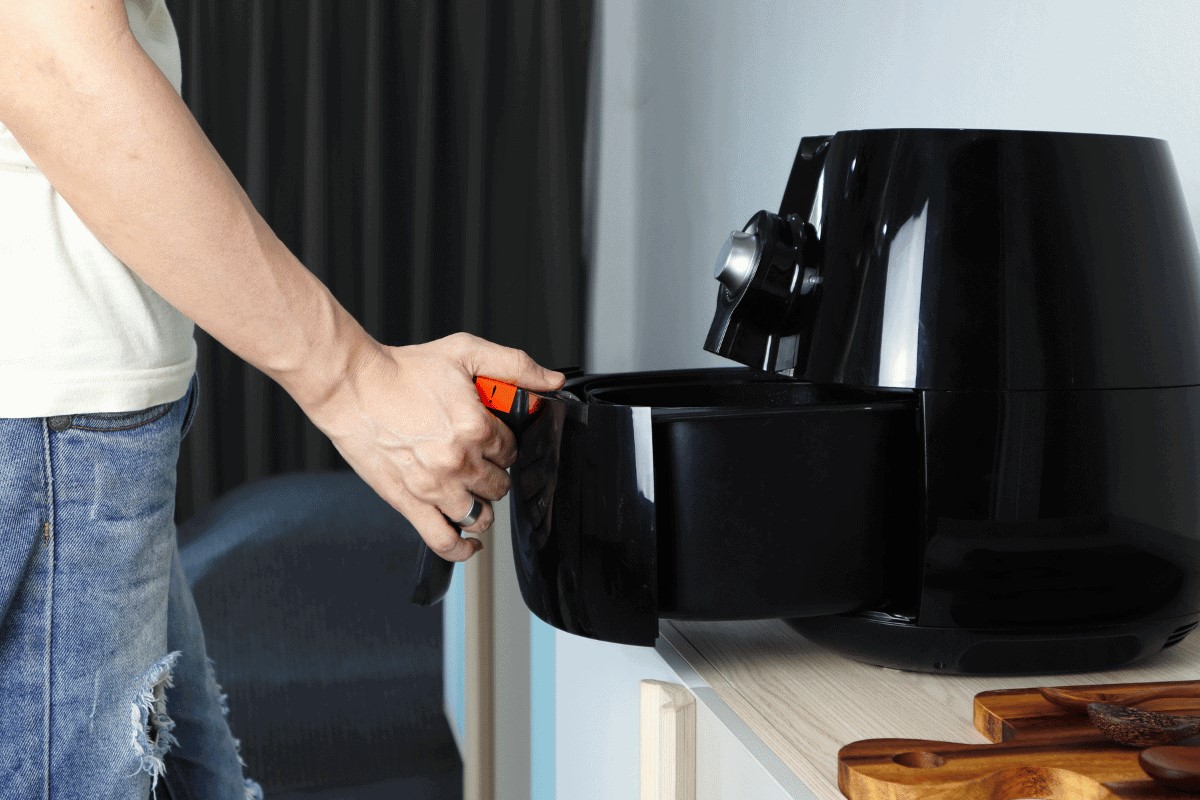


0 thoughts on “Why Does My Washer Smell Like Sewer”